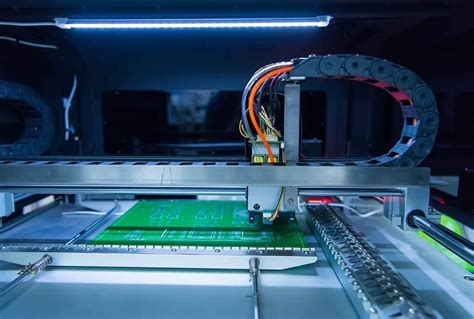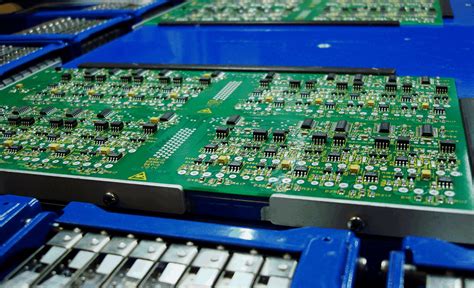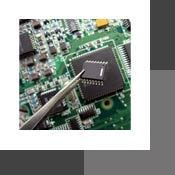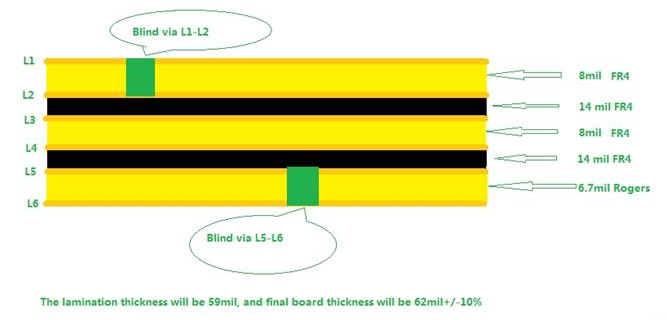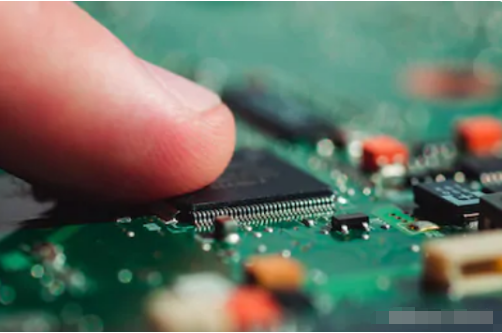Detailed explanation of PCB safety distance
Safety distance includes electrical clearance (space distance), creepage distance (surface distance) and insulation penetration distance.
Electrical clearance: the shortest distance between two adjacent conductors or one conductor and the adjacent motor housing surface measured along the air.
Creep distance: the shortest distance between two adjacent conductors or one conductor and the adjacent motor housing surface measured along the insulation surface.
Determination of electrical clearance:
The distance can be determined according to the measured working voltage and insulation level
The electrical clearance size requirements of the primary side line are shown in Table 3 and Table 4
The electrical clearance size requirements of the secondary side line are shown in Table 5
But usually:
Primary side AC part: L-N ≥ 2.5mm before the fuse, L.N PE (earth) ≥ 2.5mm, no requirement is required after the fuse is installed, but a certain distance should be maintained as much as possible to avoid short circuit damage to the power supply.
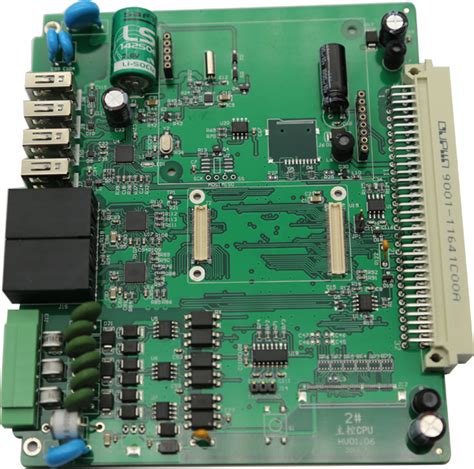
Primary side AC to DC part ≥2.0mm
Primary side DC ground to earth ≥2.5mm (primary side floating ground to earth)
Primary side to secondary side ≥4.0mm, components connected between primary and secondary sides
Secondary side gap ≥0.5mm
Secondary side ground to earth ≥1.0mm
Note: Before determining whether it meets the requirements, the internal parts should be applied with a force of 10N and the outer shell with a force of 30N to reduce the distance so that the space distance still meets the requirements under the worst case.
Determination of creepage distance:
According to the working voltage and insulation level, the creepage distance can be determined by looking up Table 6
But usually:
(1) Primary side AC part: L-N ≥2.5mm before the fuse, L.N to earth ≥2.5mm, no requirement is required after the fuse, but try to keep a certain distance to avoid short circuit damage to the power supply.
(2) Primary side AC to DC part ≥2.0mm
(3) Primary side DC ground to ground ≥4.0mm, such as primary side ground to earth
(4) Primary side to secondary side ≥6.4mm, such as optocoupler, Y capacitor and other components foot spacing ≤6.4mm need to be slotted.
(5) Secondary side parts ≥0.5mm
(6) Secondary side ground to earth ≥2.0mm or more
(7) Transformer two-stage ≥8.0mm or more
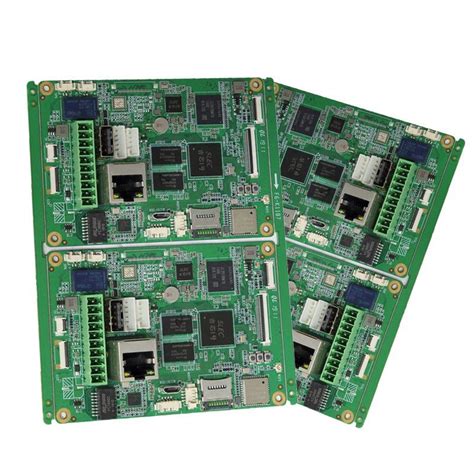
Insulation penetration distance:
Should meet the following requirements according to the working voltage and insulation application:
-For working voltage not exceeding 50V (71V AC peak or DC value), there is no thickness requirement;
-The minimum thickness of additional insulation should be 0.4mm;
-When the reinforced insulation is not subjected to any mechanical stress that may cause deformation or performance degradation of the insulating material at normal temperature, the minimum thickness of the reinforced insulation should be 0.4mm.
If the insulation provided is used in the protective casing of the equipment and will not be bumped or scratched during maintenance by the operator, and any of the following conditions apply, the above requirements do not apply to thin insulating materials regardless of their thickness;
-For additional insulation, at least two layers of material are used, each of which can pass the dielectric strength test for additional insulation; or:
-For additional insulation composed of three layers of material, any combination of two layers of material can pass the dielectric strength test for additional insulation; or:
-For reinforced insulation, at least two layers of material are used, each of which can pass the dielectric strength test for reinforced insulation; or:
-For reinforced insulation composed of three layers of insulating material, any combination of two layers of material can pass the dielectric strength test for reinforced insulation.
Points to note about wiring process:
Flat-mounted components such as capacitors must be flat-mounted without glue.
If the distance between two conductors can be shortened by applying a 10N force, which is less than the safety distance requirement, glue can be used to fix this part to ensure its electrical clearance.
When laying PVC film inside some shell equipment, attention should be paid to ensuring the safety distance (pay attention to the processing technology).
When gluing and fixing parts, be careful not to leave foreign matter such as glue on the PCB board.
When processing parts, insulation damage should not be caused.
Regarding the requirements for flame-proof materials:
Heat shrink tubing V-1 or VTM-2 or above VC tubing V-1 or VTM-2 or above
Teflon tubing V-1 or VTM-2 or above; plastic materials such as silicone sheets, insulating tape V-1 or VTM-2 or above
PCB board 94V-1 or above
Regarding insulation level
(1) Working insulation: insulation required for normal operation of equipment
(2) Basic insulation: insulation that provides basic protection against electric shock
(3) Supplementary insulation: independent insulation applied in addition to basic insulation to protect against electric shock in case of basic insulation failure
(4) Double insulation: insulation consisting of basic insulation plus supplementary insulation
(5) Reinforced insulation: a single insulation structure that, under the conditions specified in this standard, provides protection against electric shock equivalent to double insulation

